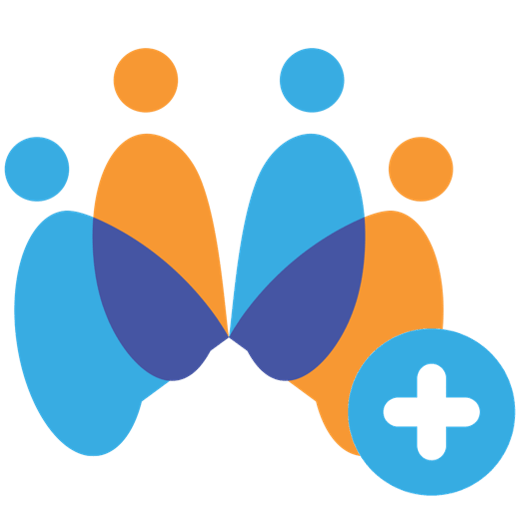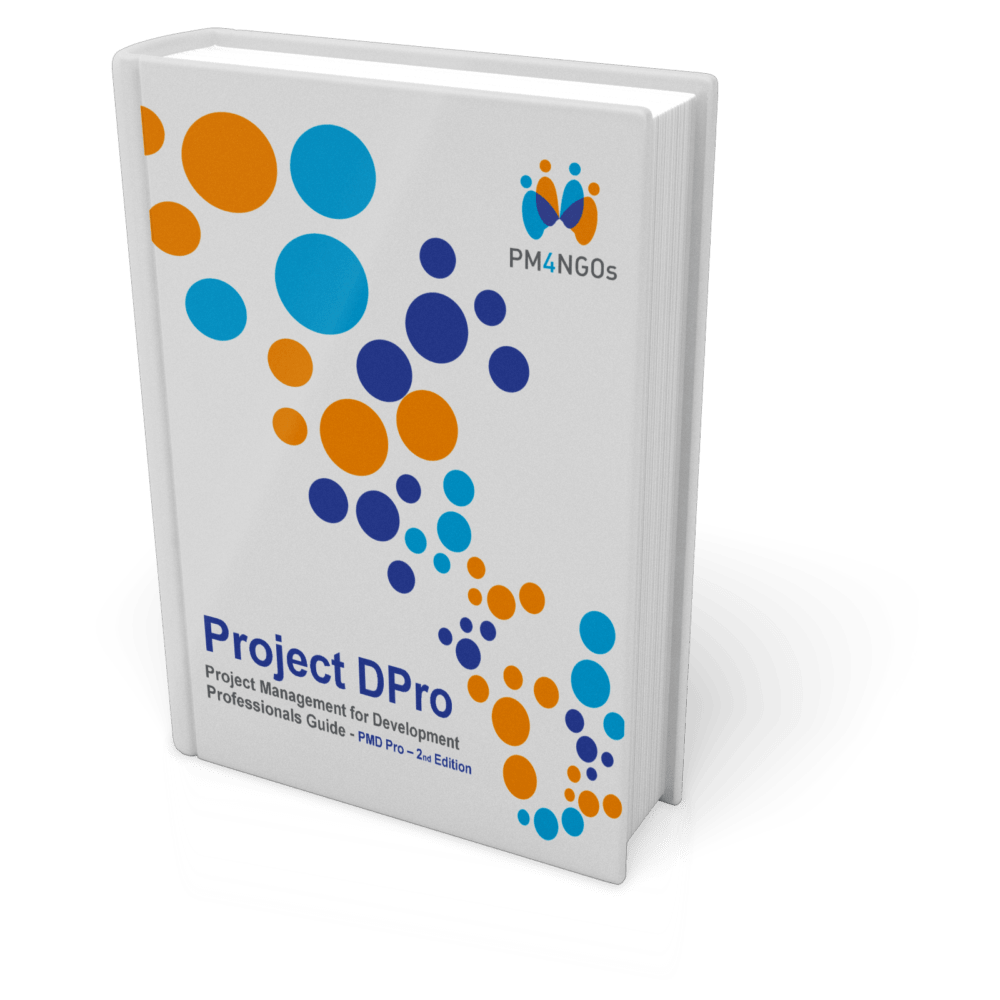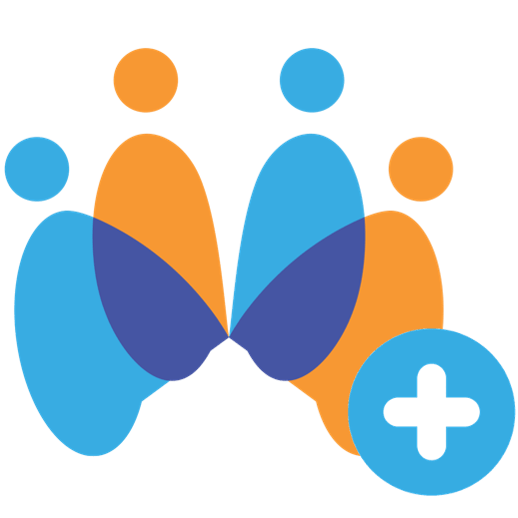In our article, “Exploring the Similarities and Differences between Project DPro and Program DPro,” we delve into the phases and management approaches of both Project DPro and Program DPro. For those looking to understand the connections and distinctions between these two methodologies, we provide an overview of the phases involved in project and program management. Project DPro consists of five phases: Identification and Definition, Set Up, Planning, Implementation, and Closure. On the other hand, Program DPro combines Planning and Implementation into one phase while incorporating Identification and Closure. By understanding the principles, decision gates, and critical disciplines of both methodologies, professionals can adopt a comprehensive and strategic approach to project and program management.
Project DPro Phases
In project management, there are five phases that are typically followed to ensure successful project completion. These phases are:
Identification and Definition
The first phase of project management is identification and definition. This is where we identify the need for a project and define its objectives. We gather information and conduct a feasibility study to assess the project’s viability. This phase also involves identifying key stakeholders and conducting a preliminary risk assessment.
Set Up
Once the project has been identified and defined, the next phase is set up. This is where we establish the project team, define roles and responsibilities, and set up project governance structures. We also create a project plan and establish communication channels to ensure effective collaboration among team members.
Planning
The planning phase is where we develop a detailed project plan that outlines the activities, resources, and timeline for the project. This involves breaking down the project into smaller tasks, estimating the resources and duration for each task, and creating a project schedule. We also identify project risks and develop a risk mitigation plan.
Implementation
After the planning phase, we move into the implementation phase. This is where the project plan is put into action, and the actual work is carried out. The project team carries out the tasks as outlined in the project plan, and progress is monitored and tracked. This phase also involves managing project resources, resolving issues, and communicating with stakeholders.
Closure
The final phase of project management is closure. This is where the project is completed, and all project activities are wrapped up. This involves performing a final project evaluation, conducting a lessons learned session, and documenting project outcomes. The project team also prepares a project closure report and transitions any remaining tasks to the appropriate stakeholders.
Program DPro Phases
In program management, there is a similar set of phases that are followed to ensure successful program implementation. These phases are:
Identification
The identification phase in program management is similar to the identification phase in project management. It involves identifying the need for a program and defining its objectives. This phase also involves conducting a feasibility study and identifying key stakeholders.
Design
The design phase in program management is where we create a roadmap for the program. This roadmap outlines how the different elements of the program will fit together and provides a framework for managing individual projects. This phase also involves developing a program governance structure and identifying program risks.
Planning & Implementation
Unlike project management, program management combines the planning and implementation phases into one phase. In this phase, we develop a detailed program plan and put it into action. We manage program resources, monitor progress, and make adjustments to the plan as needed. This phase also involves managing program risks and communicating with stakeholders.
Closure
The final phase of program management is closure, which is similar to the closure phase in project management. In this phase, the program is completed, and all program activities are wrapped up. A final evaluation is conducted, lessons learned are documented, and a program closure report is prepared.

This image is property of i0.wp.com.
Differences Between Project DPro and Program DPro Phases
While the phases in both project DPro and program DPro are similar in nature, there are a few key differences between the two. The main difference lies in how the planning and implementation phases are approached.
In project DPro, planning and implementation are separate phases, allowing for a more structured and detailed approach to each. This is because projects are usually smaller in scale and focus on achieving specific objectives within a defined timeframe. The project plan is more granular and specific to the project’s scope.
On the other hand, in program DPro, planning and implementation are combined into one phase. This is because programs are larger and more complex, involving multiple projects that are interconnected. The program plan focuses on creating a framework for managing the different projects within the program and ensuring their alignment with strategic goals.
Another difference is the inclusion of the Design phase in program DPro. This phase is not present in project DPro, as projects are typically executed based on predefined objectives. In program DPro, the Design phase allows for a strategic approach to program management, where a roadmap is created to guide the management of individual projects.
Project DPro Phase Model
The project DPro phase model consists of five phases: Identification and Definition, Set Up, Planning, Implementation, and Closure. These phases are sequential and provide a structured approach to project management.
The Identification and Definition phase focuses on understanding the project’s objectives and defining its scope. It involves conducting a feasibility study, identifying stakeholders, and assessing risks.
The Set Up phase involves establishing the project team, defining roles and responsibilities, and setting up project governance structures. This phase ensures that the project is properly organized and resources are allocated efficiently.
The Planning phase is where a detailed project plan is developed. This plan outlines the activities, resources, and timeline for the project. The project team breaks down the project into smaller tasks, estimates resources and duration, and creates a project schedule.
The Implementation phase is where the project plan is put into action. The project team carries out the tasks as outlined in the plan, and progress is monitored and tracked. This phase also involves managing resources, resolving issues, and communicating with stakeholders.
The Closure phase is the final phase of the project. It involves completing all project activities, evaluating project outcomes, and documenting lessons learned. The project team prepares a closure report and transitions any remaining tasks to the appropriate stakeholders.

This image is property of i0.wp.com.
Program DPro Phase Model
The program DPro phase model consists of four phases: Identification, Design, Planning & Implementation, and Closure. These phases provide a framework for managing programs and ensuring their successful implementation.
The Identification phase in program DPro is similar to the Identification phase in project DPro. It focuses on identifying the need for a program and defining its objectives. This phase also involves conducting a feasibility study and identifying key stakeholders.
The Design phase is unique to program DPro and reflects the strategic nature of program management. In this phase, a roadmap is created to guide the management of individual projects within the program. The roadmap shows how the different elements of the program will fit together and align with strategic goals.
The Planning & Implementation phase in program DPro combines the two phases into one. This phase involves developing a detailed program plan and putting it into action. Program resources are managed, progress is monitored, and adjustments are made to the plan as needed. This phase also involves managing program risks and communicating with stakeholders.
The Closure phase in program DPro is similar to the Closure phase in project DPro. It focuses on completing the program and wrapping up all program activities. A final evaluation is conducted, lessons learned are documented, and a program closure report is prepared.
Principles
In both project DPro and program DPro, there are key principles that guide the management approach. These principles are:
Well Governed
Well-governed projects and programs are those that have established clear governance structures, processes, and accountability mechanisms. They have defined roles and responsibilities and ensure that decisions are made in a transparent and equitable manner.
Participatory
Participatory projects and programs involve stakeholders in the decision-making process and foster collaboration and engagement. They ensure that multiple perspectives and voices are heard and that stakeholders are involved throughout the project or program lifecycle.
Comprehensive
Comprehensive projects and programs take into account all relevant factors and considerations. They consider the social, environmental, and economic impacts of the project or program and strive to address the needs and expectations of all stakeholders.
Integrated
Integrated projects and programs are those that take a holistic approach and consider the interconnectedness of different elements. They ensure that there is coordination and synergy among different components and that activities are aligned with the overall goals and objectives.
Adaptive
Adaptive projects and programs are flexible and able to respond to changing circumstances and emerging challenges. They have mechanisms in place to monitor and evaluate progress and make adjustments to the plan as needed. They promote a culture of learning and innovation.

This image is property of i0.wp.com.
Decision Gates
Decision gates are critical points in both project DPro and program DPro where management has the opportunity to stop and reflect before proceeding with the project or program. These decision gates provide a mechanism for reviewing progress, assessing risks, and making informed decisions.
During decision gates, key stakeholders come together to review the project or program’s status, evaluate its alignment with strategic objectives, and determine whether it should continue or be adjusted. This ensures that resources are allocated effectively and that the project or program remains on track to achieve its goals.
The decision gates also provide an opportunity to consider any changes in the external environment that may impact the project or program’s success. This allows for a proactive approach to management and ensures that the project or program remains responsive to emerging challenges.
Disciplines
There are key disciplines that both project and program managers need to adhere to in order to ensure successful outcomes. These disciplines include:
Justification
Justification involves clearly defining the need for the project or program and ensuring that it aligns with strategic objectives. It involves conducting a feasibility study, assessing the potential benefits and risks, and making a compelling case for the project or program.
Time
Time management involves developing a detailed schedule and timeline for the project or program and ensuring that tasks are completed within the allotted time. It involves monitoring progress, managing dependencies, and making adjustments to the schedule as needed.
Scope
Scope management involves defining the boundaries of the project or program and ensuring that the deliverables and objectives are clearly defined. It involves managing changes to the scope, monitoring scope creep, and ensuring that the project or program remains focused on its objectives.
Risk
Risk management involves identifying and assessing potential risks to the project or program and developing strategies to mitigate them. It involves conducting a risk assessment, developing a risk management plan, and regularly reviewing and monitoring risks throughout the project or program lifecycle.
Stakeholder
Stakeholder management involves identifying key stakeholders and understanding their needs and expectations. It involves engaging stakeholders throughout the project or program lifecycle, managing their expectations, and ensuring effective communication and collaboration.
Resource Management
Resource management is a critical discipline in project DPro and program DPro. In project DPro, resource management involves identifying and allocating resources to the project tasks, monitoring resource usage, and ensuring that resources are used efficiently. In program DPro, resource management focuses on financial management and ensuring that program resources are allocated effectively.

This image is property of dpro.plus.
Comparison of Key Disciplines
While there are some differences in the key disciplines between project DPro and program DPro, there are also similarities. Justification, Time, Scope, Risk, and Stakeholder management are disciplines that are critical for both project and program managers.
The main difference lies in the focus on Resource Management in program DPro, reflecting the strategic nature of program management. Program managers need to have a strong understanding of financial management and ensure that program resources are effectively allocated and utilized.
Regardless of whether it is a project or a program, effective management of these key disciplines is crucial for successful outcomes. By adhering to these disciplines, project and program managers can ensure that projects and programs are delivered on time, within scope, and with the desired outcomes.
Additional Resources
For more information on project DPro and program DPro, you can download the Project DPro Second Edition and Program DPro from the main PM4NGOs website. These resources provide detailed guidance and frameworks for implementing effective project and program management practices.
In addition to these resources, there are also various courses and certifications available through PM4NGOs. These courses cover a wide range of competencies and can help project and program managers enhance their skills and knowledge in project and program management.
By leveraging these additional resources, project and program managers can further develop their expertise and improve their ability to successfully manage projects and programs.
In conclusion, understanding the phases, principles, decision gates, and key disciplines of project DPro and program DPro is essential for effective project and program management. By following these frameworks and principles, project and program managers can increase their chances of successfully delivering projects and programs to meet organizational goals and objectives.

This image is property of images.pexels.com.



